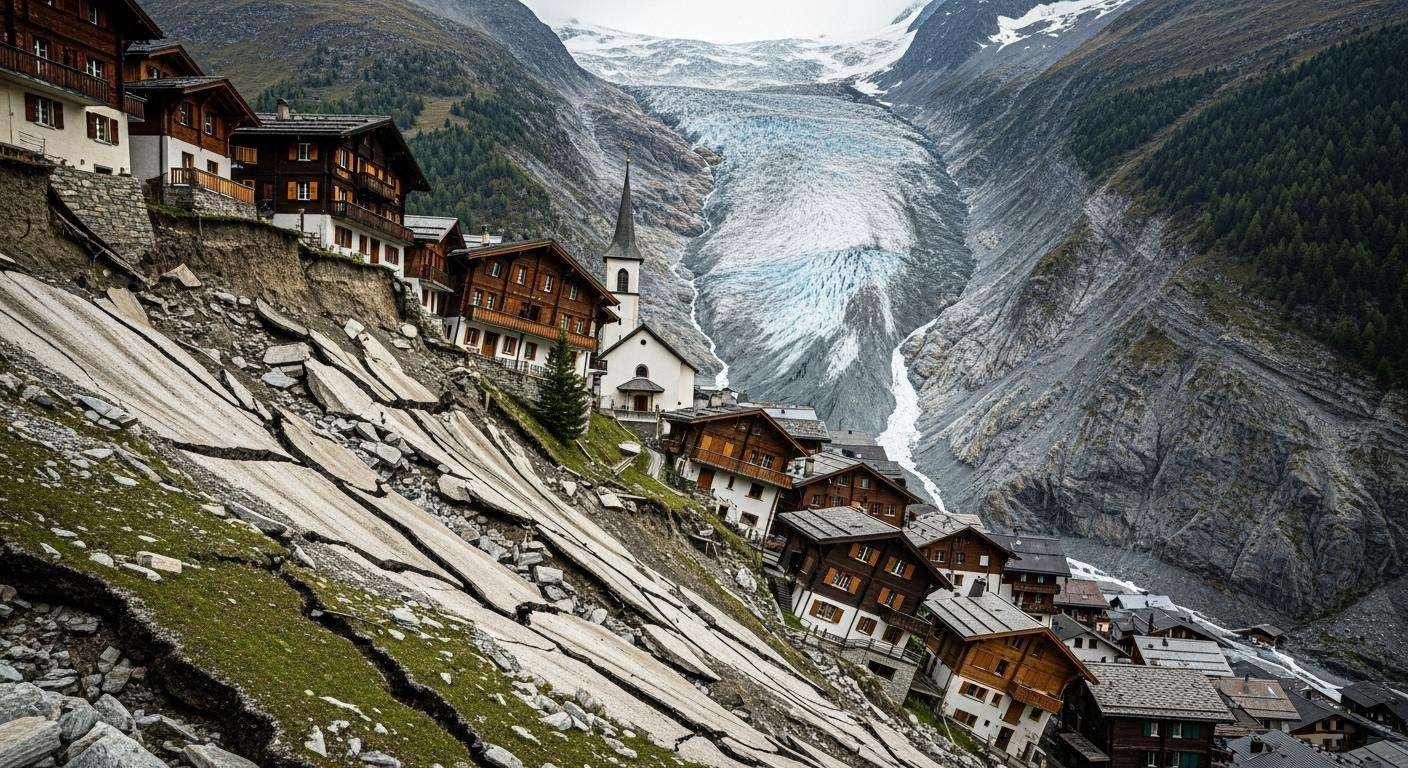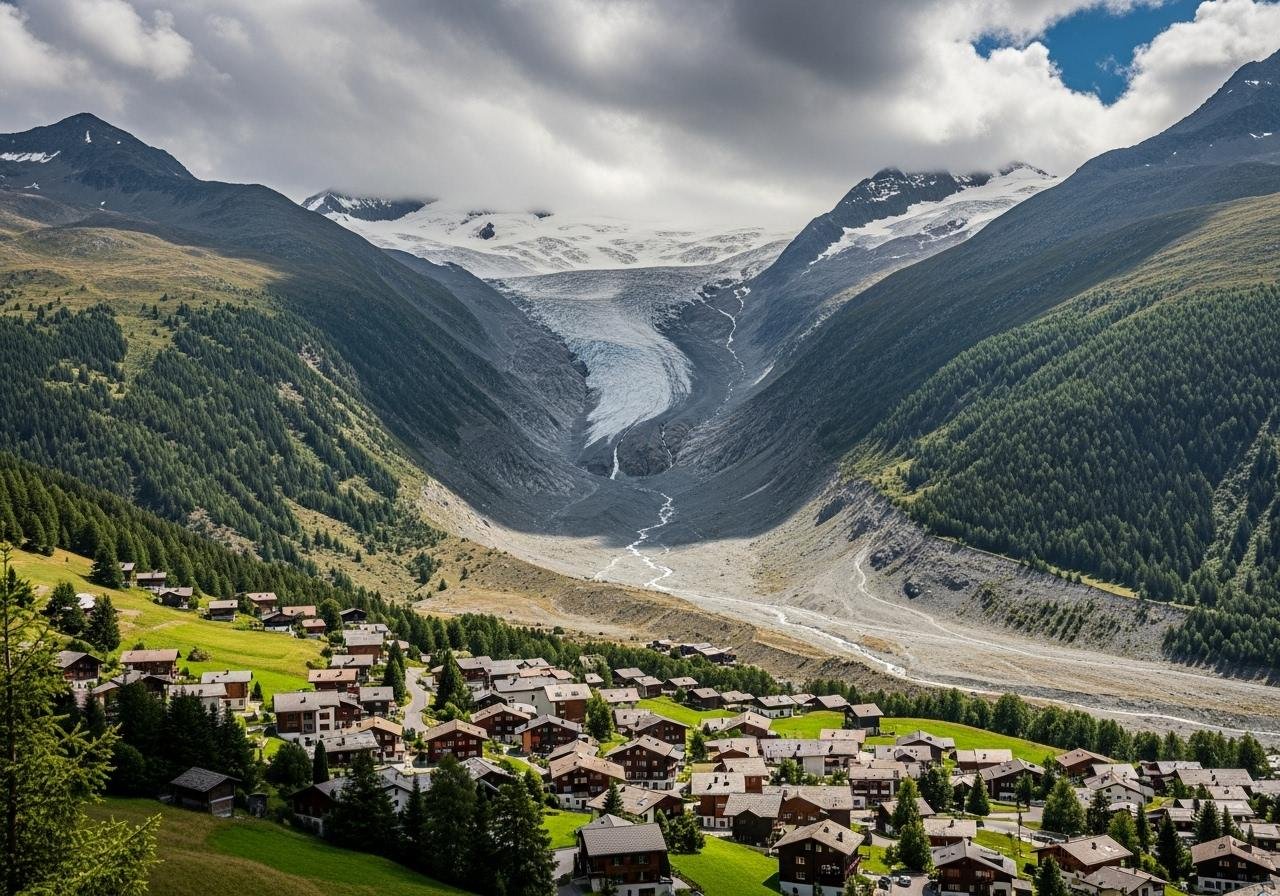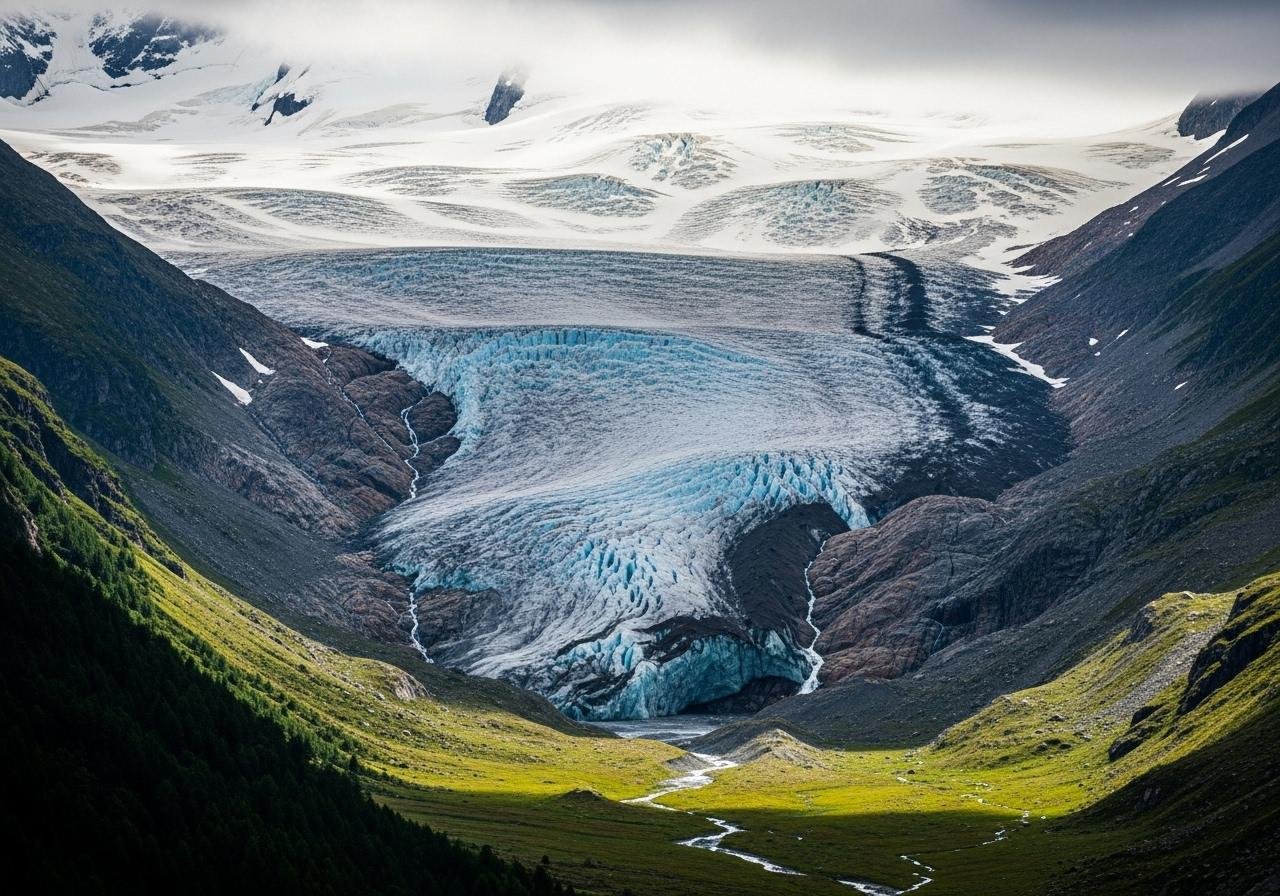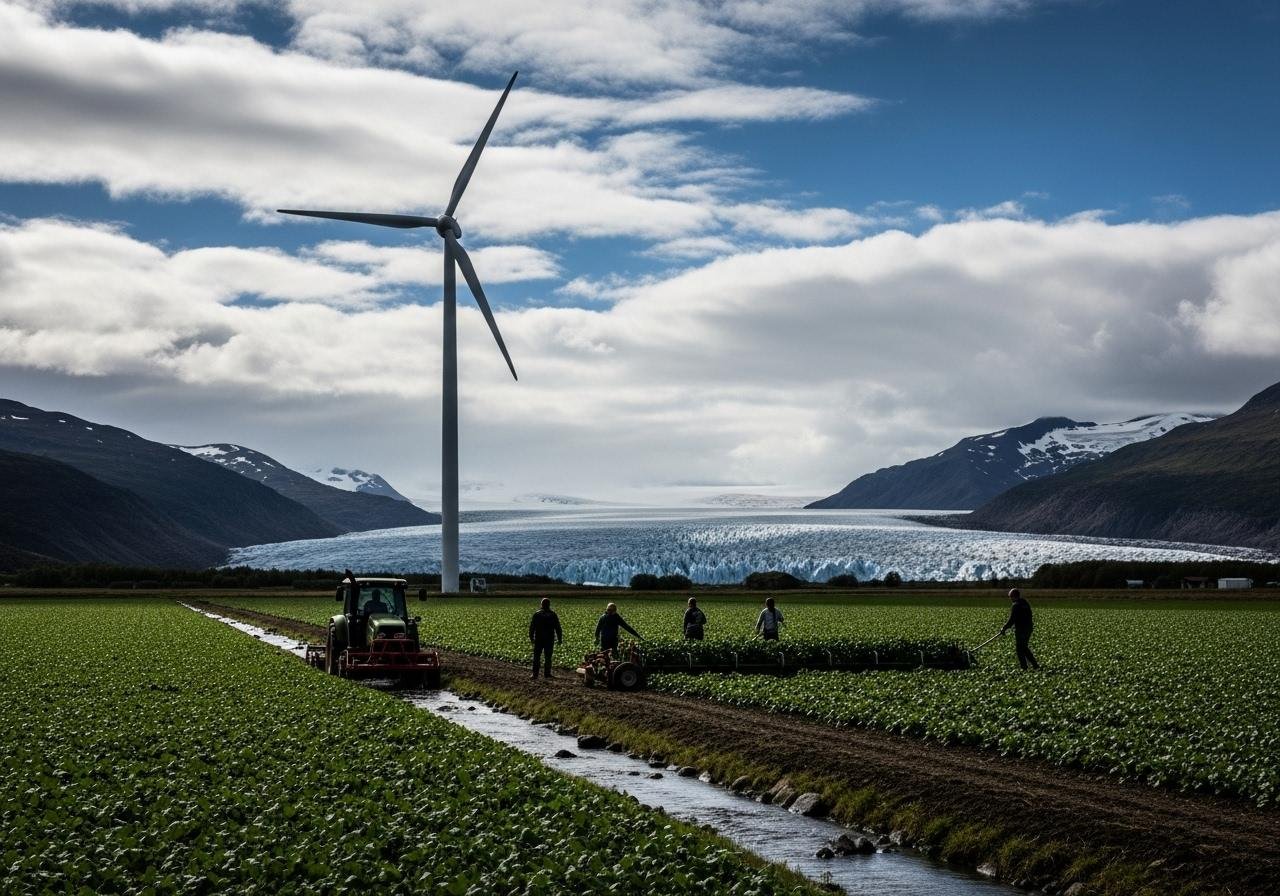
Introduction to Receding Glaciers in Europe
Imagine waking up in a serene European village, only to find that the ground beneath you is slowly slipping away. This unsettling scenario is becoming a reality for numerous communities as glaciers, Earth’s natural reservoirs of freshwater, continue to retreat at unprecedented rates. Glaciers are important environmental features, playing a critical role in regulating our planet’s water cycle and climate. However, European glaciers are shrinking rapidly, with profound consequences for local ecosystems and communities. Understanding these changes is crucial for preparing and mitigating the impacts on people who call these areas home.
Causes of Glacier Retreat
Climate change stands as the predominant force driving the retreat of glaciers worldwide, and European glaciers are no exception. Rising global temperatures, primarily due to increased greenhouse gas emissions, are causing glaciers to melt faster than ever before. [The role of government policy in shaping recycling habits](https://green.org/2024/01/30/the-role-of-government-policy-in-shaping-recycling-habits/) is crucial in addressing human activities, such as industrial emissions and deforestation, that exacerbate this issue, accelerating the warming process. Natural climatic variations also play a part in glacier dynamics, but it is the accelerating pace of human-induced global warming that is of greatest concern. The dire need to address these causes cannot be overstated, as glaciers shrink and the ripple effects spread far beyond their icy confines.
Impact on European Villages
From the Swiss Alps to the Scandinavian highlands, many European regions are profoundly affected by glacier retreat. Local populations face severe economic challenges as the traditional industries of agriculture and tourism, heavily reliant on stable environmental conditions, are disrupted. The absence of glaciers means reduced freshwater supply, affecting both agriculture and hydropower — a key energy source for these communities. Moreover, the instability created by retreating ice increases the risk of natural disasters such as landslides and floods, threatening lives and livelihoods. This is akin to how [sustainable practices in wastewater treatment](https://green.org/2024/01/30/sustainable-practices-in-wastewater-treatment/) can buffer against environmental stressors.

Adaptation and Resilience Strategies
In response to the threats posed by melting glaciers, European communities are increasingly embracing adaptive strategies. Innovative technologies, such as early warning systems for natural disasters, are crucial for enhancing resilience. Governments are also investing in sustainable infrastructure and drafting policies to support affected areas. Emphasizing the transition to renewable energy and sustainable agricultural practices will help communities adapt to changing resource availability. These proactive measures underscore the importance of sustainable development as a pathway to resilience, much like the [circular economy’s role in reducing waste](https://green.org/2024/01/30/the-circular-economy-as-a-solution-for-global-waste-issues).
Environmental Consequences Beyond Local Communities
The impact of receding glaciers extends beyond the immediate vicinity of European villages. The loss of glaciers contributes significantly to global sea-level rise, posing a threat to coastal communities worldwide. Furthermore, changes in regional weather patterns and ecosystems disrupt biodiversity, leading to habitat loss for numerous species. The ethereal beauty of these glaciers serves as a poignant reminder of our planet’s vulnerability, and the [sustainable tourism and its effects on waste management](https://green.org/2024/01/30/sustainable-tourism-and-its-effects-on-waste-management/) illustrates the need for international cooperation to address these far-reaching environmental challenges.

The Cultural and Historical Significance
Glaciers hold immense cultural and historical significance for many European regions. They are woven into the fabric of local traditions and serve as landmarks that tell the story of a community’s heritage. As glaciers vanish, so too does a part of cultural identity, leaving an emotional scar on residents witnessing the transformation of their beloved landscapes. Preserving these cultural narratives amidst environmental changes is vital for maintaining a connection to the past and fostering a sense of place for future generations.
Scientific Research and Monitoring Efforts
To better comprehend and combat glacier retreat, European countries are investing in scientific research and monitoring. Satellite imagery and remote sensing technologies provide valuable data on glacier changes, enabling scientists to assess trends and predict future scenarios. Collaboration among European nations is essential for comprehensive monitoring and data sharing, which in turn informs policy and conservation efforts. Continued research is paramount for developing effective strategies to mitigate the impacts of receding glaciers in Europe and beyond.

Call to Action and Future Outlook
Addressing the challenges posed by glacier retreat requires concerted global efforts and immediate action. Mitigating the impacts involves reducing carbon emissions and integrating sustainable practices at every level of society. Collaborative international policies, such as those advocated by the United Nations, play a critical role in fostering global cooperation. Advocacy for green energy and sustainable development is essential for preserving Earth’s natural patrimony and ensuring a vibrant, resilient future for all.
FAQ
What causes glaciers to retreat?
Glacier retreat is primarily caused by climate change, with rising temperatures from greenhouse gas emissions accelerating melting rates.
How does glacier retreat affect local economies?
Glacier retreat disrupts industries like agriculture and tourism, reduces freshwater supplies, and increases the risk of natural disasters, impacting local economies.
What are the global implications of glacier retreat?
Globally, glacier retreat contributes to sea-level rise, impacts regional weather patterns, and threatens biodiversity by altering natural habitats.
Summary Box
- Glaciers are vital for water regulation and climate moderation.
- European glaciers are rapidly shrinking due to climate change.
- Retreating glaciers impact local economies and increase disaster risks.
- Sustainable practices and innovation are crucial for adaptation.
- International cooperation is needed to address glacier retreat impacts.
This article is for informational purposes only.
Reference: https://apple.news/AyaO6q79gTmmXLhYhfvW1NA
The post European Villages sliding as glaciers recede appeared first on Green.org.














